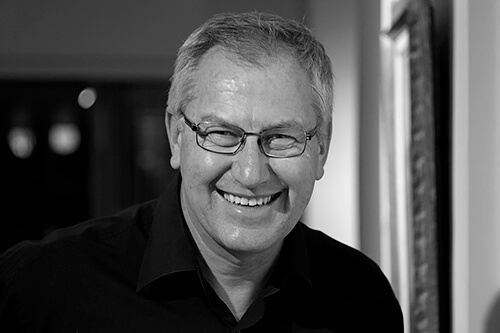Alain Schroeder is a Belgian photojournalist born in 1955. In 1989 he founded
Reporters, a well-known photo agency in Belgium. He has illustrated over thirty books dedicated to China, Iran, the Renaissance, Ancient Rome, the Gardens of Europe, Thailand, Tuscany, Crete, Vietnam, Budapest, Venice, the Abbeys of Europe, Natural Sites of Europe, etc. Belgian book titles include, "Le Carnaval de Binche vu par 30 Photographes", and "Processions de Foi, Les Marches de l'Entre-Sambre-et-Meuse". Publications include National Geographic, Geo, Paris Match,... He has won many international awards including a Nikon Japan award for the
Who Will Save the Rohingya series, the TPOTY (Travel Photographer of the Year) award with two series -
Living for Death and
Kushti, a World Press Photo 1st Prize Sport Stories for the series
Kid Jockeys, 2 first prize World Press Photo in 2020 for the series
Saving Orangutans, and participated in numerous exhibitions worldwide. He is represented in France by REA.
Articles
Alain Schroeder's Interview
Saving Orangutans
Who will save the Rohingyas?
Exhibition
Kim City
Muay Thai Kids
All About Photo Competitions
All About Photo Awards 2018
AAP Magazine #1: Light
AAP Magazine #3: Faces
AAP Magazine #6: B&W
AAP Magazine #9: Wild
All About Photo Awards 2020
AAP Magazine #10: Portrait
AAP Magazine #11: Travels
All About Photo Awards 2021
AAP Magazine #20: Travels
AAP Magazine #22: Streets
All About Photo Awards 2022
AAP Magazine #31: Portrait
AAP Magazine #32: B&W
All About Photo Awards 2024
